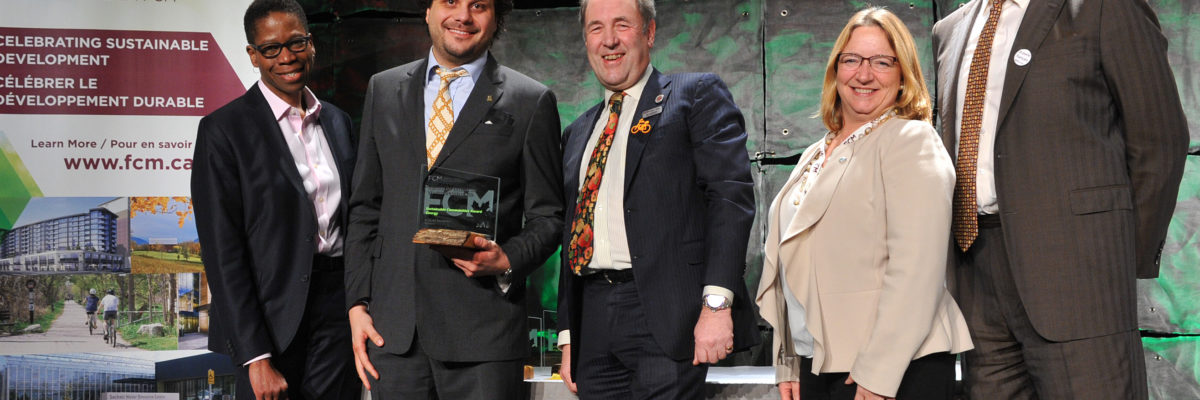
Guest blog post by Brock Carlton, CEO, Federation of Canadian Municipalities
One of the first things I noticed when I arrived in Paris for the COP21 conference was the restrained optimism in the meeting rooms. Sure, delegates were confident that a deal could be reached. But there was still a real understanding of what it meant for future generations if we failed.
For me, that nervous energy all but disappeared when more than 600 mayors and councillors from around the world met at Paris City Hall for the Climate Summit for Local Leaders on December 4.
This was a remarkable gathering of innovation and ambition that showcased some of the climate action taking place in cities worldwide. And it served as an important reminder that not only could we work together to curb greenhouse gas emissions—but it’s happening right now in local communities across the globe, including Toronto.
It’s that local action that will be the difference in reaching the ambitious goals set in Paris. How the global climate effort plays out will depend on the actions we take in our cities, and in our neighbourhoods. It will depend on better public transit and more energy-efficient homes. On smarter waste management and a stronger commitment to sustainable living.
Here in Canada, local governments have long understood this. That’s why, right across the country, municipal governments are implementing concrete solutions to limit GHG emissions and showing real leadership in changing the way we live, work and play. The fact is, local governments have influence over roughly 50% of Canada’s GHG emissions. Cities are on the frontlines of climate change. They’re also on the forefront of climate solutions.
In Toronto, for example, the Home Energy Loan Program and High-Rise Retrofit Improvement Support Program provide low-interest, long-term loans to finance energy and water retrofits in residential buildings. Entirely revenue neutral, these innovative programs have cut annual GHG emissions in the city by 4,900 tonnes per year.
And just down Highway 401, the Region of Waterloo has come together to unanimously endorse a plan to live smarter by 2020. Their ambitious goal involves all three local councils, the regional government and two local NGOs committing to the same target of a 6 per cent reduction in GHG emissions from 2010 levels by 2020.
As CEO of the Federation of Canadian Municipalities—the national voice for Canada’s local governments—I see this sort of local climate action every day. In fact, Toronto and Waterloo are among FCM’s 2016 Sustainable Communities Award Winners, a diverse and impressive group of municipalities honoured earlier this week at our Sustainable Communities Conference in Ottawa.
I’m pleased to see that the new federal government understands the vital role that cities must play—and are already playing—in meeting climate targets. Environment and Climate Change Minister Catherine McKenna showed strong leadership by working to ensure that the crucial role of local governments was included in the final COP 21 agreement.
Collaboration is going to be key to turning the hope of Paris into the reality of future generations. We have to get his right—and we can get it right. Canada’s municipalities are ready to partner with all orders of governments to get the job done.

